The Probiotic Cosmetics Market is currently characterized by a dynamic competitive landscape, driven by increasing consumer awareness regarding skin health and the benefits of probiotics. Key players are actively innovating and expanding their product lines to capture a larger market share. For instance, Mother Dirt (US) has positioned itself as a pioneer in the probiotic skincare segment, focusing on the development of products that enhance the skin's microbiome. Similarly, Tula (US) emphasizes the integration of probiotics in its formulations, appealing to health-conscious consumers. These companies, among others, are shaping the competitive environment through a combination of product innovation, strategic partnerships, and targeted marketing efforts.
In terms of business tactics, companies are increasingly localizing manufacturing to reduce costs and enhance supply chain efficiency. This approach not only mitigates risks associated with The Probiotic Cosmetics demands. The competitive structure of the Probiotic Cosmetics Market appears moderately fragmented, with several key players influencing market dynamics. The collective actions of these companies suggest a trend towards consolidation, as they seek to leverage synergies and enhance their competitive positioning.
In November 2025, Aurelia London (GB) announced a collaboration with a leading biotechnology firm to develop a new line of probiotic-infused skincare products. This strategic move is likely to enhance Aurelia's product offerings and strengthen its position in the premium skincare segment. By leveraging advanced biotechnology, the company aims to differentiate itself in a crowded market, appealing to consumers seeking innovative and effective skincare solutions.
In October 2025, Burt's Bees (US) launched a new range of probiotic-based cosmetics, focusing on sustainability and natural ingredients. This initiative aligns with the growing consumer preference for eco-friendly products and positions Burt's Bees as a leader in the sustainable beauty movement. The emphasis on natural formulations not only caters to environmentally conscious consumers but also enhances brand loyalty in an increasingly competitive landscape.
In September 2025, Glowbiotics (US) expanded its distribution channels by partnering with major online retailers, thereby increasing its market reach. This strategic action reflects a broader trend towards digital transformation in the cosmetics industry, as companies seek to capitalize on the growing e-commerce sector. By enhancing accessibility, Glowbiotics is likely to attract a wider customer base, further solidifying its market presence.
As of December 2025, the Probiotic Cosmetics Market is witnessing trends such as digitalization, sustainability, and the integration of AI technologies. Strategic alliances are becoming increasingly important, as companies collaborate to enhance product offerings and improve operational efficiencies. Looking ahead, competitive differentiation is expected to evolve, with a shift from price-based competition to a focus on innovation, technology, and supply chain reliability. This transition underscores the necessity for companies to adapt and innovate continuously to maintain a competitive edge in a rapidly changing market.


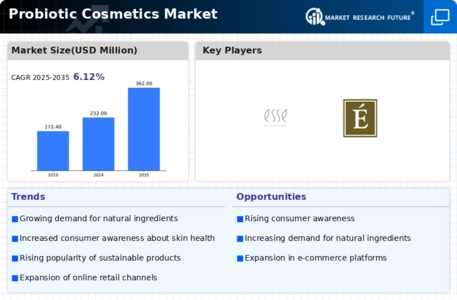
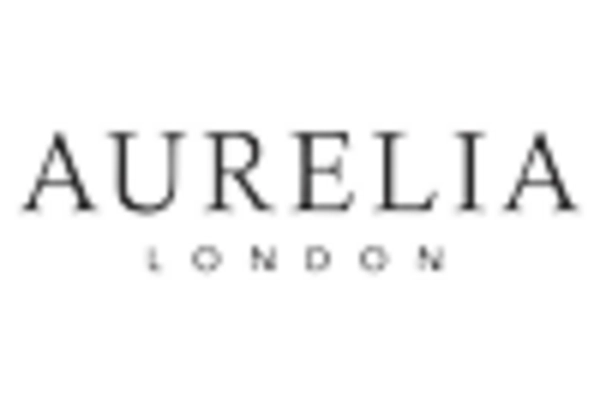
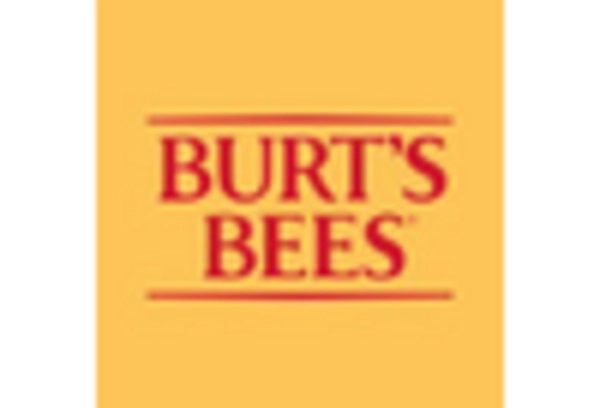
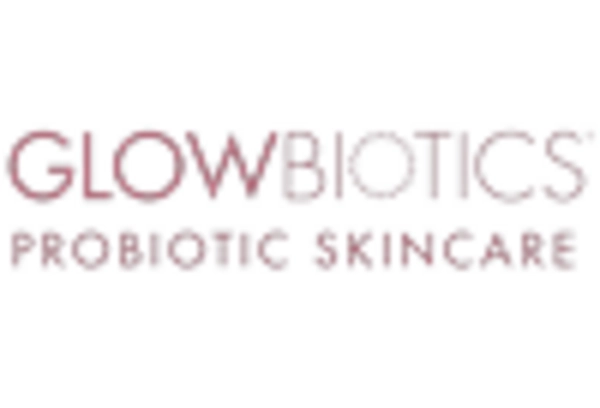
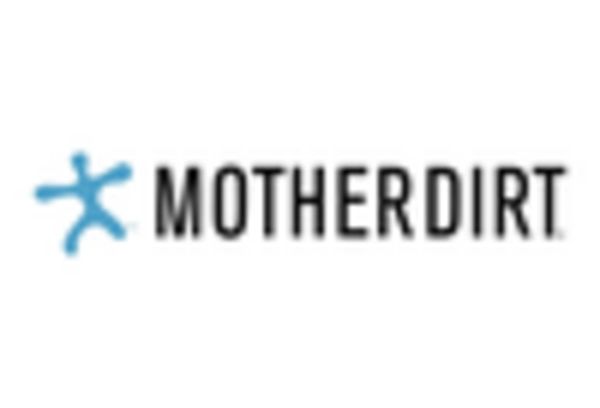

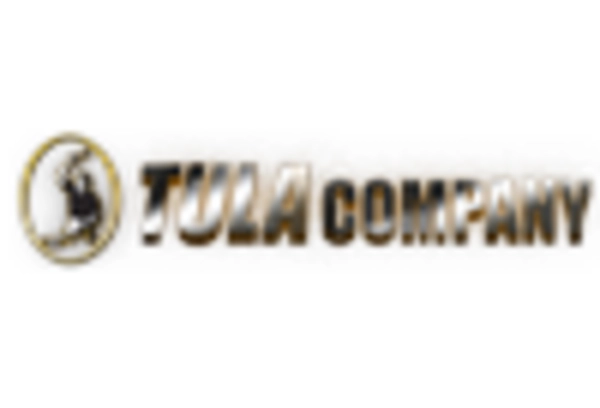








Leave a Comment